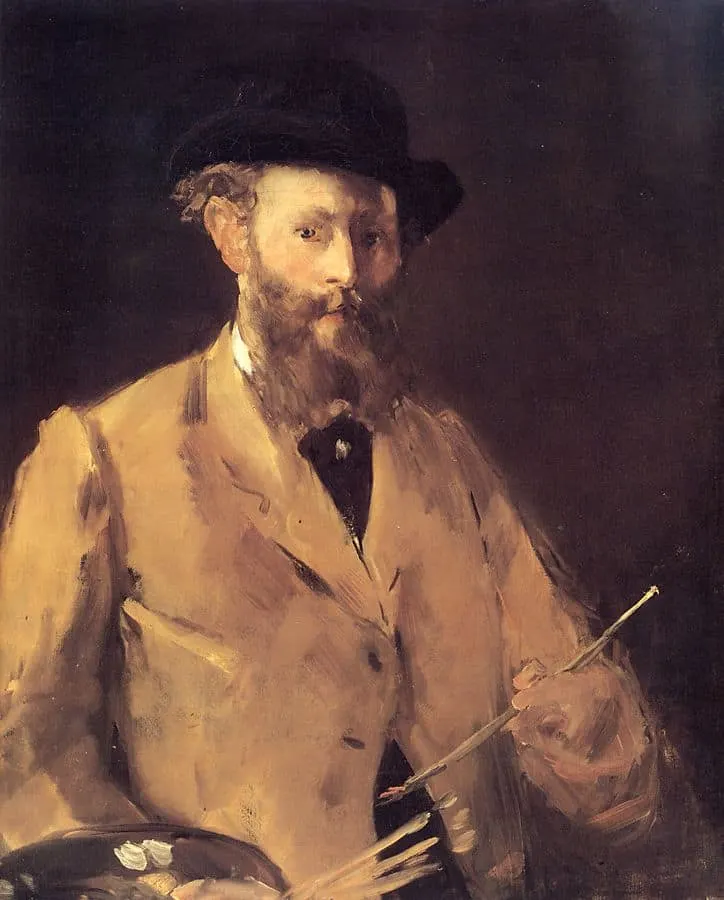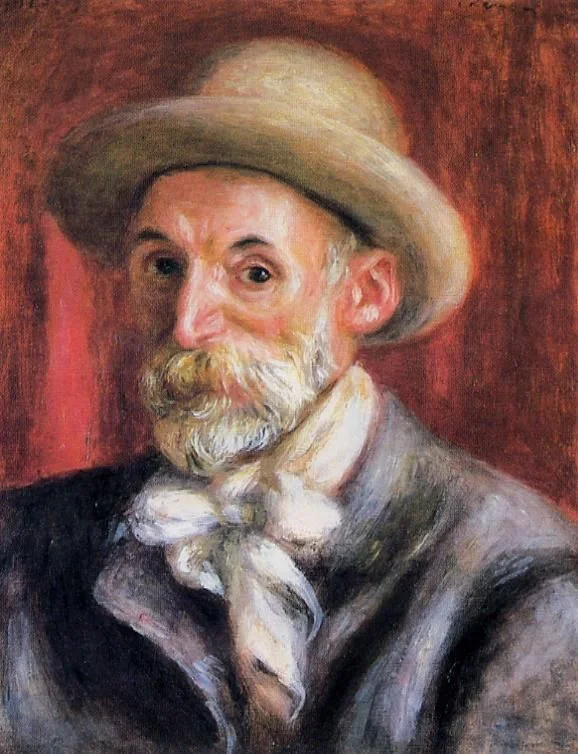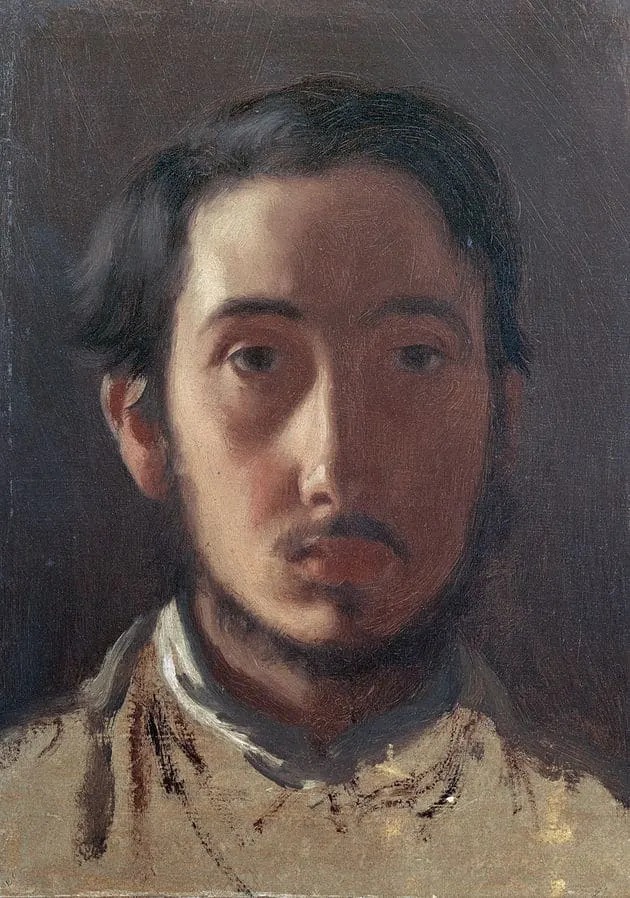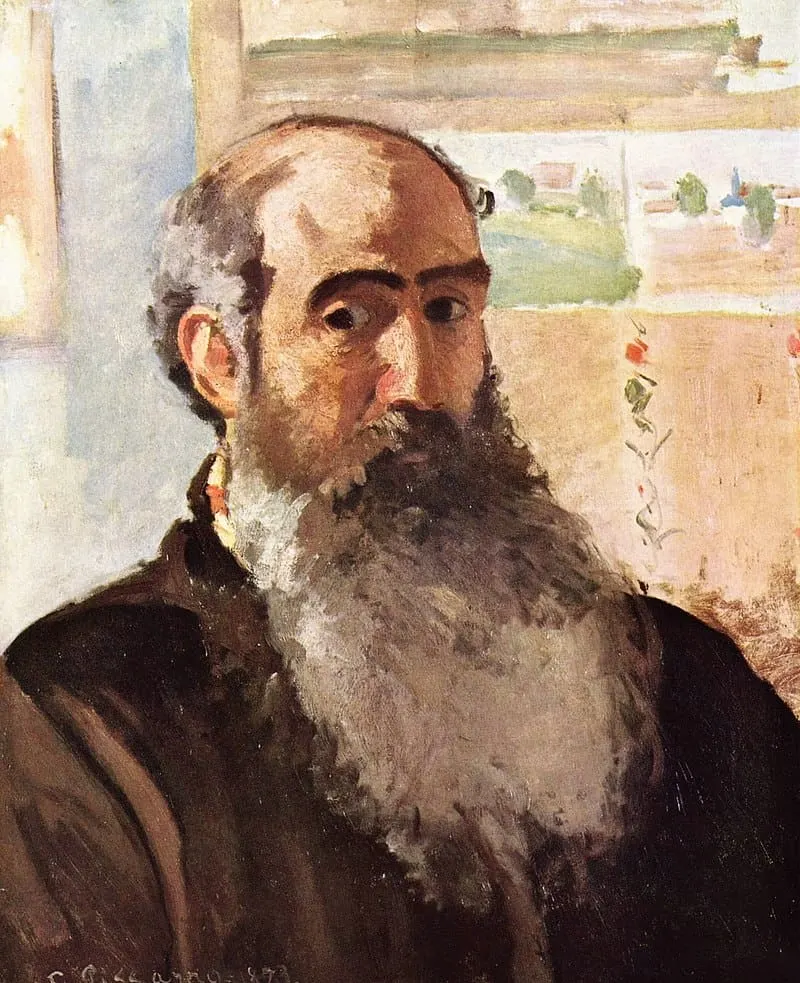In the 1870s in Paris, France, a new art movement emerged which was in sheer contrast with the ideas of the Realism artists of the previous decades.
It somewhat returned to the essence of dramatic expression of the Romantic artists of the first half of the century and artists of this movement drew inspiration from the works of painters such as Eugène Delacroix and J. M. W. Turner.
The subject matter of the artists of this movement was often reasonably simple, but the colorful brushstrokes they used emphasized the movement of time.
Portraying visual effects instead of details wasn’t something that was met with appreciation initially, but this gradually changed.
This movement was referred to as Impressionism and was named after one of the most famous paintings of this new revolutionary style called “Impression, Soleil Levant“, which translates to “Impression, Sunrise.”
So who were the most famous Impressionist artists? Let’s find out!
1. Claude Monet
Claude Monet (1840-1926) was one of the founders of the French Impressionist art movement and one of the first artists who dabbled with the idea of putting one’s perception above the nature of things in art. He was the man who created the painting called “Impression, Soleil Levant,” after which the art movement was named.
Apart from being one of the founding fathers of the movement, he was also one of the most prolific. He spent the latter half of his life living on a large property in the northern part of France where he started a landscaping project. This would become the inspiration for his numerous lily ponds and other landscapes which eventually became his most famous works.

2. Édouard Manet
Édouard Manet (1832-1883) was another very important figure of the Impressionist art movement in the 19th century. He is considered to be one of the first artists to depict modern life and his style was crucial in the transition between Realism and Impressionism, making him one of the most famous Impressionist artists in history.
He’s the creator of one of the most influential paintings in history called “The Luncheon on the Grass” (“Le Déjeuner Sur l’Herbe”), about a decade before the movement would really take form. It became the inspiration for the Impressionists in the 1870s and defined an entire generation of artists and beyond, ultimately transitioning into modern art.

3. Pierre-Auguste Renoir
Pierre-Auguste Renoir (1841-1919) is another French Impressionist artist who is credited with being able to perfectly capture the beauty and sensuality of women. He was clearly inspired by some of the most famous Baroque Artists such as Peter Paul Rubens and Jean-Antoine Watteau.
He also painted one of the most iconic Impressionist paintings in history called “Dance at Le Moulin de la Galette” (Bal du moulin de la Galette), which is now on display at the Musée d’Orsay in Paris. This painting, which depicts a regular Sunday afternoon in the Montmartre district of Paris, defines the Impressionist art movement.

4. Edgar Degas
Edgar Degas (1834-1917) is mostly known for his pastel drawings and oil paintings, but also created various other works of art such as bronze sculptures, prints, and drawings. Even though he is now referred to as being one of the leading artists of the Impressionist art movement, he didn’t refer to himself as such and preferred to be called a Realist artist.
His favorite subject was that of dancers and unlike just about all other famous Impressionist artists, he rarely painted outdoors. What’s also remarkable is that he had academic training and initially wanted to become a history painter. He eventually became one of the ultimate masters in the painting of movement, a feature that defined Impressionist art.

5. Alfred Sisley
Alfred Sisley (1839-1899) was a British Impressionist painter who was born in France and lived and worked there for most of his life as well. He’s famously known for his outdoor painting and became one of the most prolific Impressionist landscape painters of his time.
He was born in Paris and many of his most famous works were painted here, most notably the Seine and its bridges in what were then the suburbs of the city. He also has a similar series in London and the River Thames. His work is defined by tranquility and the fascinating use of colors which intensified as his career progressed.

6. Camille Pissarro
Camille Pissarro (1830-1903) was a Danish-French artist who produced amazing paintings as both an Impressionist and later a Neo-Impressionist painter. He was sort of an ambassador of the Impressionist movement and started a group of about 15 like-minded artists in the early 1870s, earning him the nickname the “dean of the Impressionist painters.”
His career marks the transition of the various art movements in the 19th century, starting with his big inspiration, Realism painter Gustave Courbet, and later on his cooperation with famous Post-Impressionist artists such as Georges Seurat and Paul Signac. He ended up becoming a major inspiration for artists such as Cézanne, Gauguin, and van Gogh. His work is defined by his portrayals of the ordinary man in natural settings without any extravagance or grandeur.



